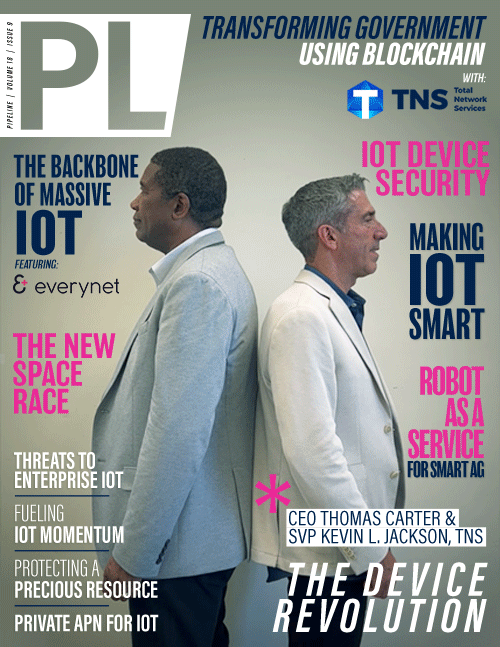Telco-Satellite Collaboration in
the New Space Race
Shared service opportunities
There are interesting “shared service” opportunities in which satellite operators can leverage ground stations from a telco, using these facilities for niche applications like disaster relief. A relief organization could turn up a satellite link, get the situational data they need for a period of time to understand the scope, and then proceed to plan out their response. When the situation returns to normalcy, they can take the link down so it becomes available for other uses.
This example is a perfect lead-in to a range of interesting scenarios for telco and satellite collaboration.
One is offering “ground station as a service” to satellite operators. The terrestrial facilities that telcos already own and operate represent a valuable resource—and a new source of revenue. Depending on the satellite operator’s desired location in the world—rural and remote or urban and densely populated—connectivity can be at a premium or hard to come by. For satellite operators looking to reach new areas, instead of bearing the cost to build a new hosting facility, why not use the telco’s currently existing facilities? Telcos can provide ground services on an OPEX basis at scale to satellite providers in other regions requiring ground stations in APAC.
Then there is teleport co-creation, essentially a one-stop resource for satellite gateway co-creation services, including ground-station construction, data center colocation, fiber connectivity, and fast global network access. Telcos would work closely with satellite operators to co-create and customize teleport infrastructures, with multiple customized uplink stations that cater to every deployment size. After construction is complete, they would also service and maintain the teleports on a regular basis with teams of in-country experts.
Another model positions the telco as a “landlord,” selling or renting space to its satellite tenants. Or third party-owned cell towers and ground stations could be owned with their uses leased out to multiple operators at one time. These are just a few different ways in which we see the infrastructure side of the business emerging.
Telco value in an evolving ecosystem
If we’re looking at all this in terms of applications like 5G and IoT, these teleport and ground stations are the telco’s value in this still-evolving ecosystem. If the satellite operators are successful, then the telco will grow its share of the pie with ground-based facilities and terrestrial services.
The new types of digital initiatives that can be enabled by telco-satellite collaboration are definitely on a course for growth. Exactly when and where this occurs depends on the types of enterprise or network connectivity and services available in a particular region. As satellite delivery models continually emerge and become more formalized, key areas to watch will be the progress made in standardization efforts as well as getting satellite operating costs down to a level where it makes commercial sense for everyone.
The bottom line for any organization interested in growing and being a part of the expanding telecommunications landscape is straightforward. These technologies and applications are the way of the future and they are something to be seriously considered for long-term growth, especially by those organizations that don't think much about satellite as part of their normal course of operations.
Beyond the economics and technology developments occurring within the marketplace, there’s also a mindset shift that needs to occur to fully enable this new and shared space race.
Customers need to be treated as partners, vendors need to be treated as partners and to some degree, competitors need to be treated as partners. Collaboration and partnership are the only way to truly engage in this landscape.
It's less about comparing strengths and weaknesses and more about identifying where you can add value. Telcos and satellite providers need to be asking themselves, “Where does it make the most sense for me to seek out new partnerships?”
If we can enable success within such a traditionally competitive environment as global network connectivity, then when competitors and partners succeed, we all succeed. No single organization is going to be everything to all people. The more quickly we recognize and embrace this reality, the better off we all will be.



















